Photobooks are one of the many ways that photographers present a project of images targeting a certain topic. This is typically used by photographers when the concept is storytelling, as this particular method means that the images can be linked stronger through the layout. Multiple images can be compiled into one page or displayed individually, and can bleed right to the edge of the page or placed in strategic ways such as in the corner.
The layout of a photobook is extremely important because this plays an active role in ensuring that there is a consistent narrative across the body of work being presented. This is because the way that the images are linked together has an impact on the overall reaction of the viewer. For example, as the sizing and number of images can be varied, this means that a photo can be paired with a smaller one to extract certain emotions from the viewer as it can be used in a metaphorical way – such as the smaller image being less significant. Text is also sometimes incorporated into phonebooks which means that contextual information about the images can be provided so that the direct interpretation can be highlighted, whilst also being able to provide opinions or quotes which can contribute to the overall aesthetic of the book itself.
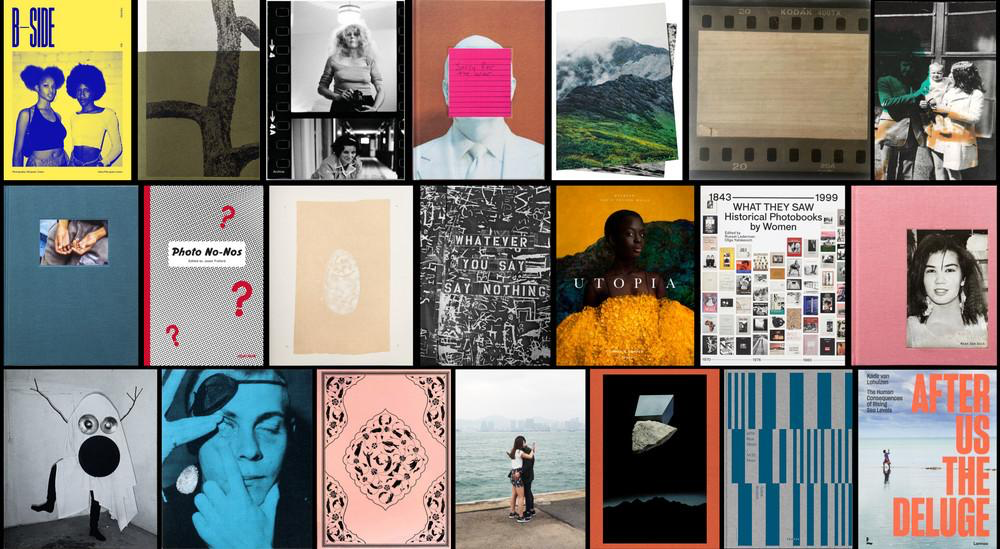
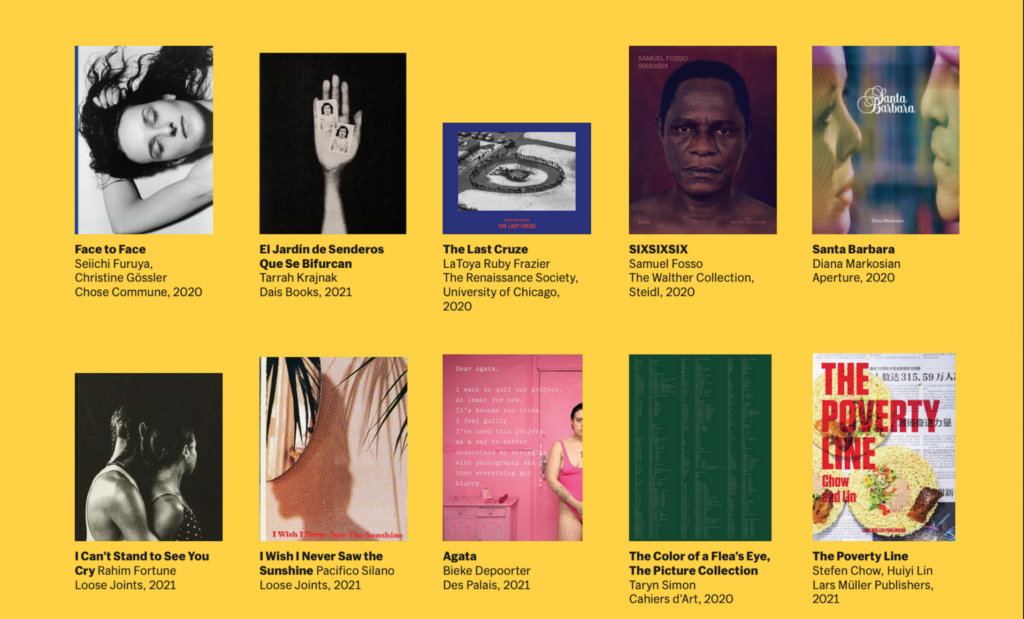
For my final study, it is important for me to deconstruct a photobook so that I can gain inspiration for not only the internal layout as this will give me a starting point for the placement of my images, but also the external aesthetic being the front page. The front page is one of the most important factors contributing to a successful photobook because it is what will draw the viewer in, being that this is the first initial impression that the viewer will have before actually looking at the contents.
I have chosen to look into Rahim Fortune’s I Can’t Stand to See You Cry, being that I really liked the overall aesthetic to the photobook as well as it being relevant to the theme of Union due to it’s exploration of community and relationships during a time of vast environmental and health crises, using his own personal experiences to highlight this.
Rahim Fortune’s – I Can’t Stand to See You Cry
“A year and change into father’s diagnosis, his nightly calls began to become more frequent. My sister and I, his youngest children, spent countless hours in his room caring for him as his body gave up. Many nights we’d leave his room both knowing his condition was getting much worse, but we chose to say nothing of it.” – Rahim Fortune
Fortune uses ‘I can’t stand to see you cry’ as an exploration of Texas and its surrounding states in America, looking into the people who reside in this complex landscape. This allows him to analyse close relationships between family and friends, whilst also showing the absence of relations with strangers. In the midst of the COVID-19 pandemic, this photobook unravels how the community works together in order to maintain grace through difficult external issues, being environmental too. This work stems from Fortune’s own personal experiences too, where he attempts to unpack his own identity through an authentic approach during a cross-country move, the loss of his father and civil unrest, reflecting on the past events of his life and how this may shape his future. By having a holistic viewpoint in this photobook, Fortune’s images are able to highlight the conflict between public life and private life, looking at the issues in everyday life that are deeply rooted in the landscape around him.
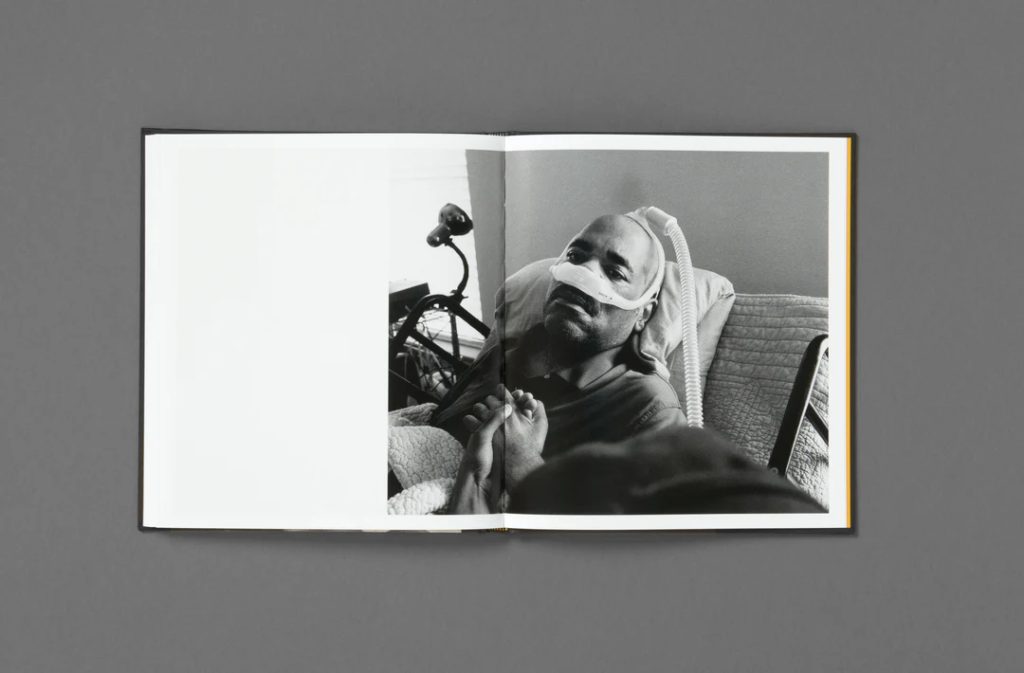

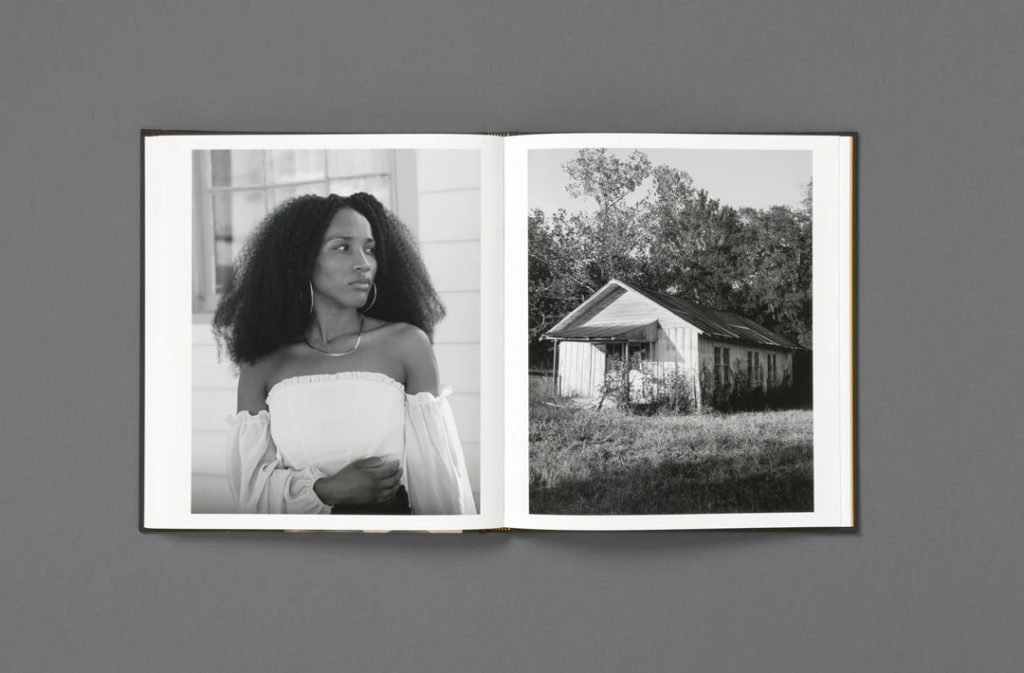
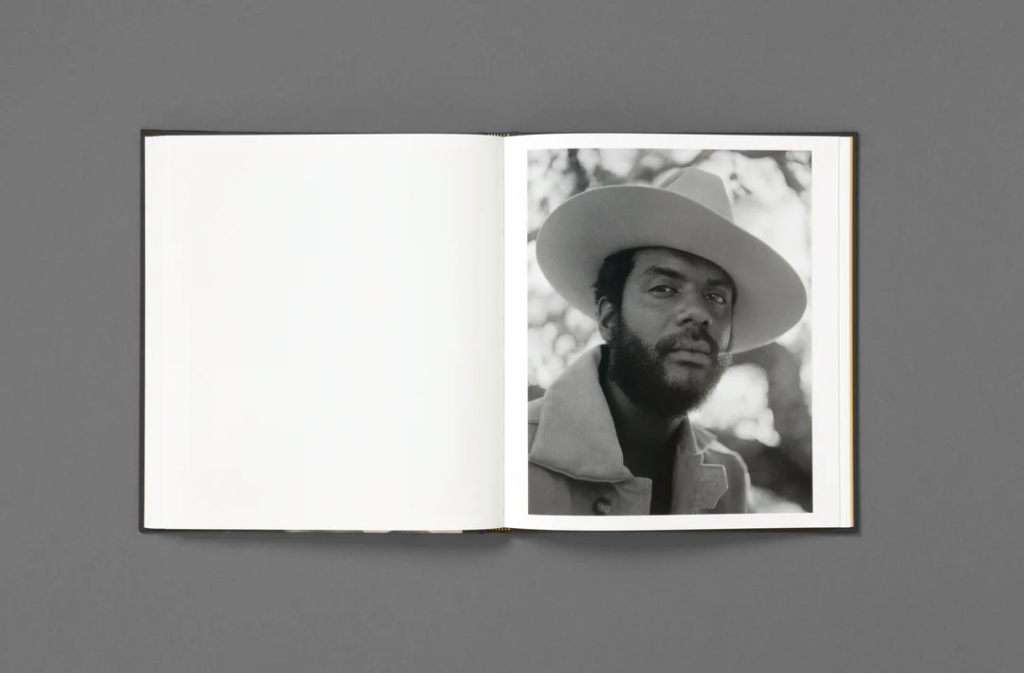
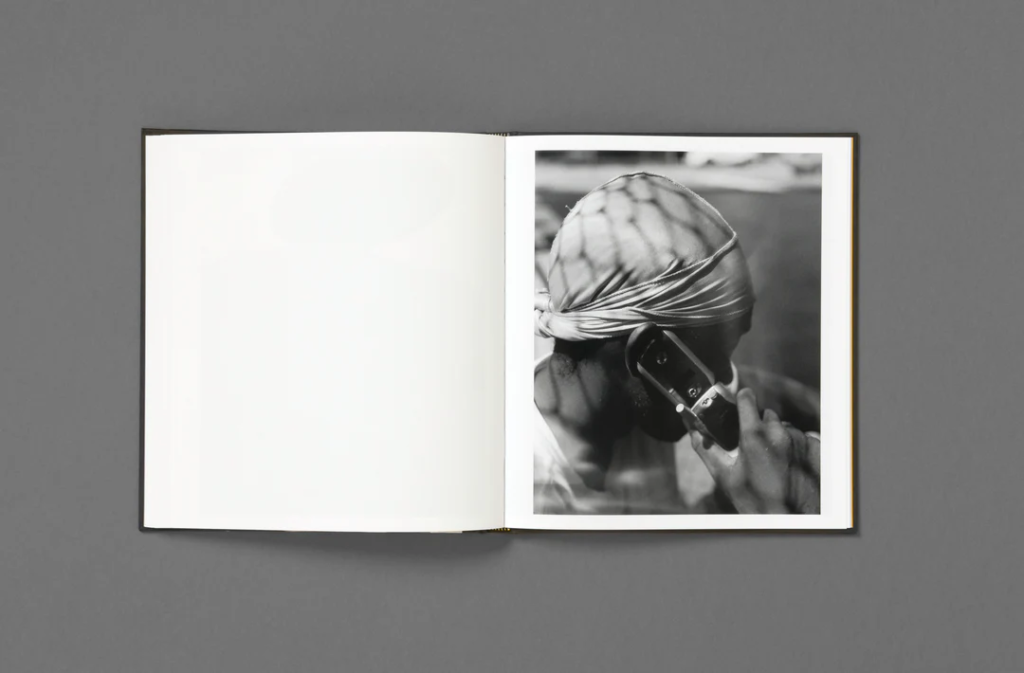
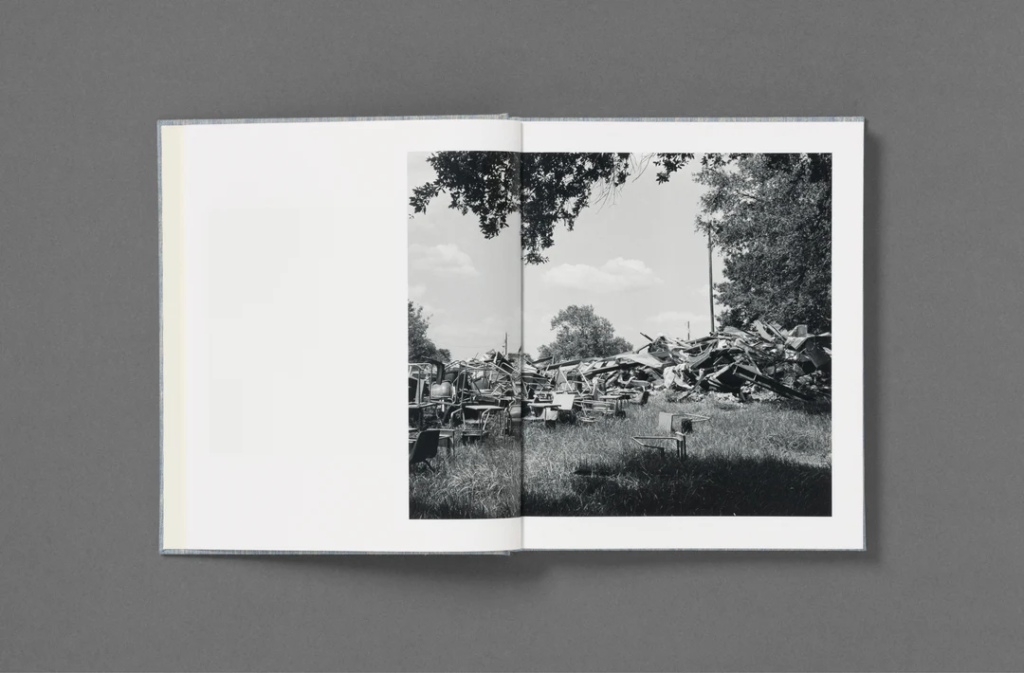
‘I can’t stand to see you cry’ was initially intended to be a documentation of the progression of his father’s illness, being hospitalised three times for Amyotrophic Lateral Sclerosis (ALS) as Fortune watched his father’s body fail him repeatedly before he passed away. Much of the work was curated in the past year however one photo does go back to 2016, where he comments that “It’s like a film noir Western of my life,”. As his father’s health declined, this was parallel with the country’s as the pandemic began to take millions of lives. Whilst this was happening, the recognition of police brutality and racial violence surged, specifically after the murder of George Floyd. This injustice motivated millions to join and march in the fight against this brutality, paving the way for people to come together and stand up against feeling unsafe around those whose jobs purpose is to provide protection and security. Fortune took many images during this period, especially when him and his sister would be spending long hours by his father’s bed, which were informed by the ongoing events in society as well as the thoughts that his father had about them.
Fortune grew up in the South, being born in Austin, Texas, and examines the convergence between cultural traditions and the personal expression of an individual by utilising the themes of belonging, community, identity and representation.
Fortune has similar works to this that work under similar principles, being rooted in family history and dynamics. For example, he self-published an artist book entitled ‘Oklahoma’ which also entails challenging the reality behind the persistence of racial inequality as well as economic disparity. however, this work doesn’t entirely seek to argue and criticise, but also seeking healing from events of the past.
Rahim Fortune employs a black and white tonality across all of his images in the photobook where the images are seen to have a high contrast. These images a quite contemporary, including informal portraits of couples as well as images that document the Southern surroundings that he grew up in around Texas – his home town. His photographs are infiltrated with this culture, consisting of portraits of family, friends and occasionally strangers too on the street which makes it appear as if the viewer is simply crossing paths with these people in the street.
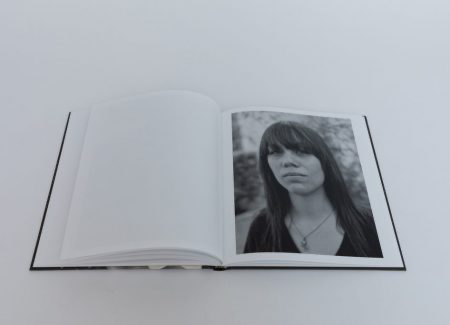
One way that Fortune lays out his images is by placing a vertical image on a double page spread by itself. This means that the viewer’s sole focus is on this one image, emphasising its significance to the narrative of the story that he is trying to depict. This also means that we, as the viewer, can try to interpret the image individually; for example asking who she is, why she has been photographed, or what her backstory is. However, Rahim Fortune doesn’t do this with all of his images as this would reduce the consistency of the storyline within his photobook and make it more difficult for it to be conveyed. The more significant or better composed images would be by themselves as this means that they can speak for themselves.
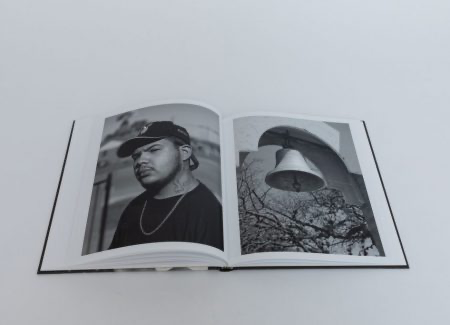
For example, Fortune creates double page spreads and pairs together different styles of images to create contrast in his work. As some of Fortune’s images consist of him zooming into particular and specific aspects of the environment, here being a bell, this means that he can pick apart small sections of his surroundings that has both significance to the Southern culture and his own personal experiences of growing up in Texas, as well as wide landscape shots to provide geographical context. I really specifically like this example here, as the bell goes in the same direction as the subject’s head. This means that there’s a sense of direction across this page where the viewer’s eyes can flow easily between the two images. This also just contributes to the overall linking of the two images as it just creates a more sophisticated aesthetic.
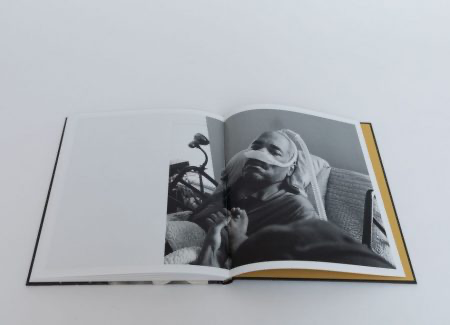
Fortune also utilises this layout for his images, where a horizontal image bleeds onto the other page. This makes the images become more dynamic as it is increases the complexity than just keeping the image on one page or using one image on a double page spread. This is actually one of the last few images in the book, showcasing the progression of his father’s illness. Fortune showed this tender and emotional moment on purpose at the end of the book as this was originally going to focus on the process of looking after his father, however further talks with his publisher allowed him to evolve this into a deeper and more holistic reflection. However, Fortune does still take ambiguous images to suggest that the family is dealing with supporting a loved one with serious health-related trauma before this near final image to link a face to this suggestive content, for example there is a photograph of an empty bed with medical equipment surrounding.
More image types that Fortune incorporates are landscape images, which can be further categorised. For example, many industrial structures are shot as a nod towards the way that these buildings are detrimental to the environment, as well as residential houses or abandoned, run-down buildings. Further social factors are also incorporated, being a close up shot of an arm with a tattoo outlining Texas, paired with a freshly stitched scar, to show the pain and hardships that Fortune may have faced whilst growing up here, however the addition of the stitches suggests healing from events of the past. Additionally, there is a blurry shot of people running during the Black Lives Matter protests following the murder of George Floyd to show how this was forthcoming to the millions taking a final anti-racism stance, fighting as enough was enough.
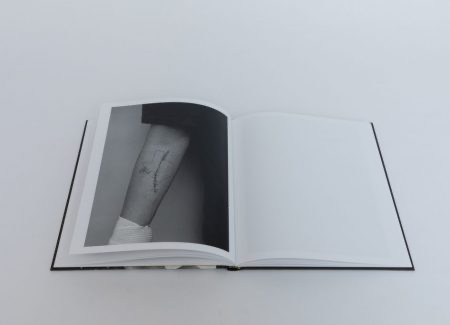
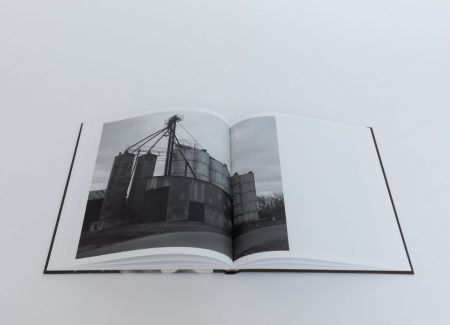
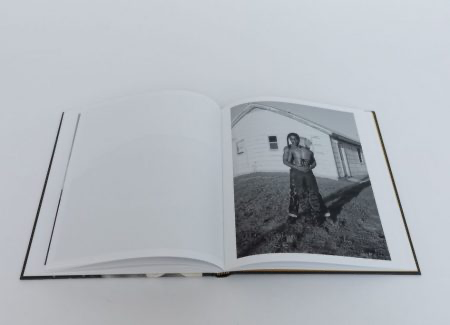
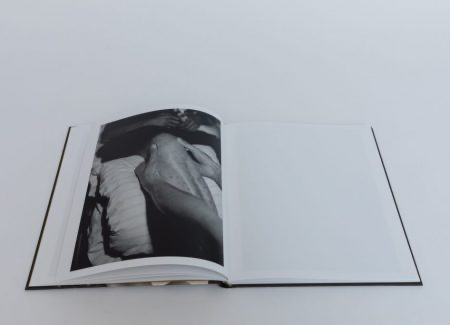
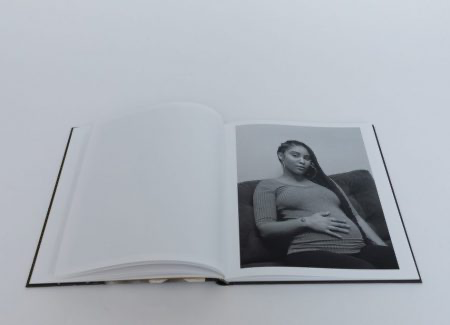

There are so many different emotions being provoked in this photobook, demonstrating the strength of a community in areas of both vulnerability and connection.
The first and last images are extremely vital to the narrative of the photobook as this can act as a summary or overview. Greeted by bold yellow endpapers, this means that the first impression that we get is an organised one as this slowly comforts the viewer into the book. This is then followed by a photograph of a man named Billy outside a house, giving a direct stare into the lens of the camera, meaning that the viewer is engaging with a subject as soon as they begin to look at Fortune’s work. Contrasted by this, the end photograph is wholesome, where both children and adults can be seen relaxing in a swimming hole next to a bridge on a hot summer day. This leaves as a reminder of the beauty of life, referring to paintings of the Romanticism era and connoting ideas of the sublime from its portrayal of sunlight reflecting off the water in a hopeful way.

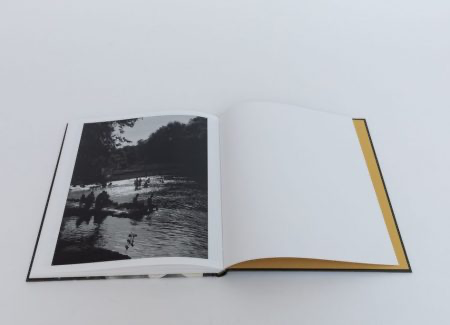
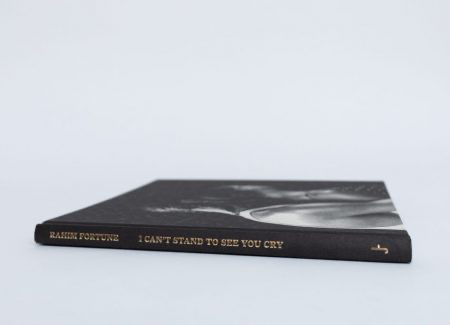

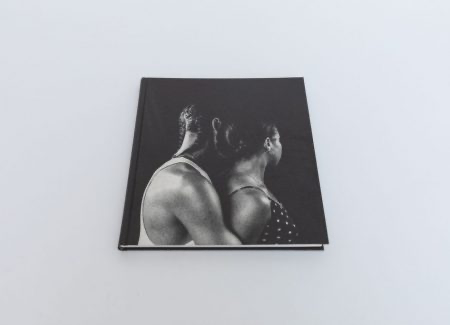
Fortune’s name and title is written in gold letters on the spine of the book, as well as the title on the back of the book in the centre, pairing this with the endpapers to keep this yellow consistent throughout. I really like that this has been incorporated as the images are all in black and white, meaning some colour is still present. Fortune uses a black embossed hardcover with 112 white pages which means that the cover is tightly linked to the aesthetic of the images. The title ‘I can’t stand to see you cry’ adds a sense of vulnerability to the book, suggesting that this could’ve been something his father would say to him as his illness progressed. However, this could also be relevant to reinforcing the concept of community that is expressed highly in the images, being that we never want to see our loved ones cry, as well as strangers too. Fortune also does not use text or captions on any pages, leaving the images to speak for themselves by being striking without any interruptions. The front cover is actually an image of Fortune and his partner, as he embraces her in his arms to connote love and relationships with others.
I can’t stand to see you cry is an incredibly thoughtfully designed photobook which allows a specialised insight into the Southern culture and community that helped shape Rahim Fortune into the person he is today. This acts as an announcement of representing his background and taking charge of the way this is perceived, providing a balance between the documentation of the pain Fortune had experienced at a time that coincided with the entirety of America, as well as the strength a community has when working together, signifying hope and promoting healing.
This photobook has won many awards, being the Winner of Rencontres d’Arles Louis Roederer Discovery Award 2022 and Nominated for PhotoBook of the Year, Paris Photo–Aperture PhotoBook Awards 2021 to name a couple, according to Loose Joints publishing.
References:
https://collectordaily.com/rahim-fortune-i-cant-stand-to-see-you-cry/
